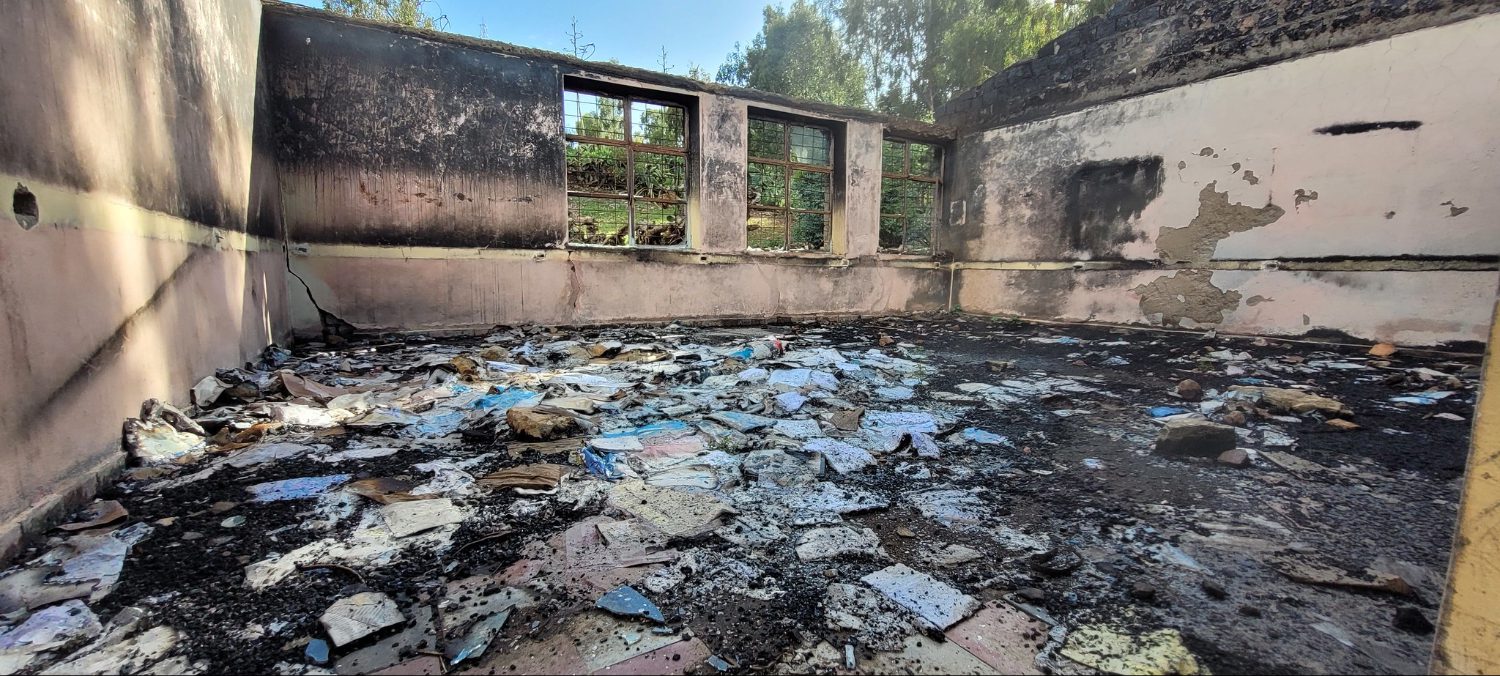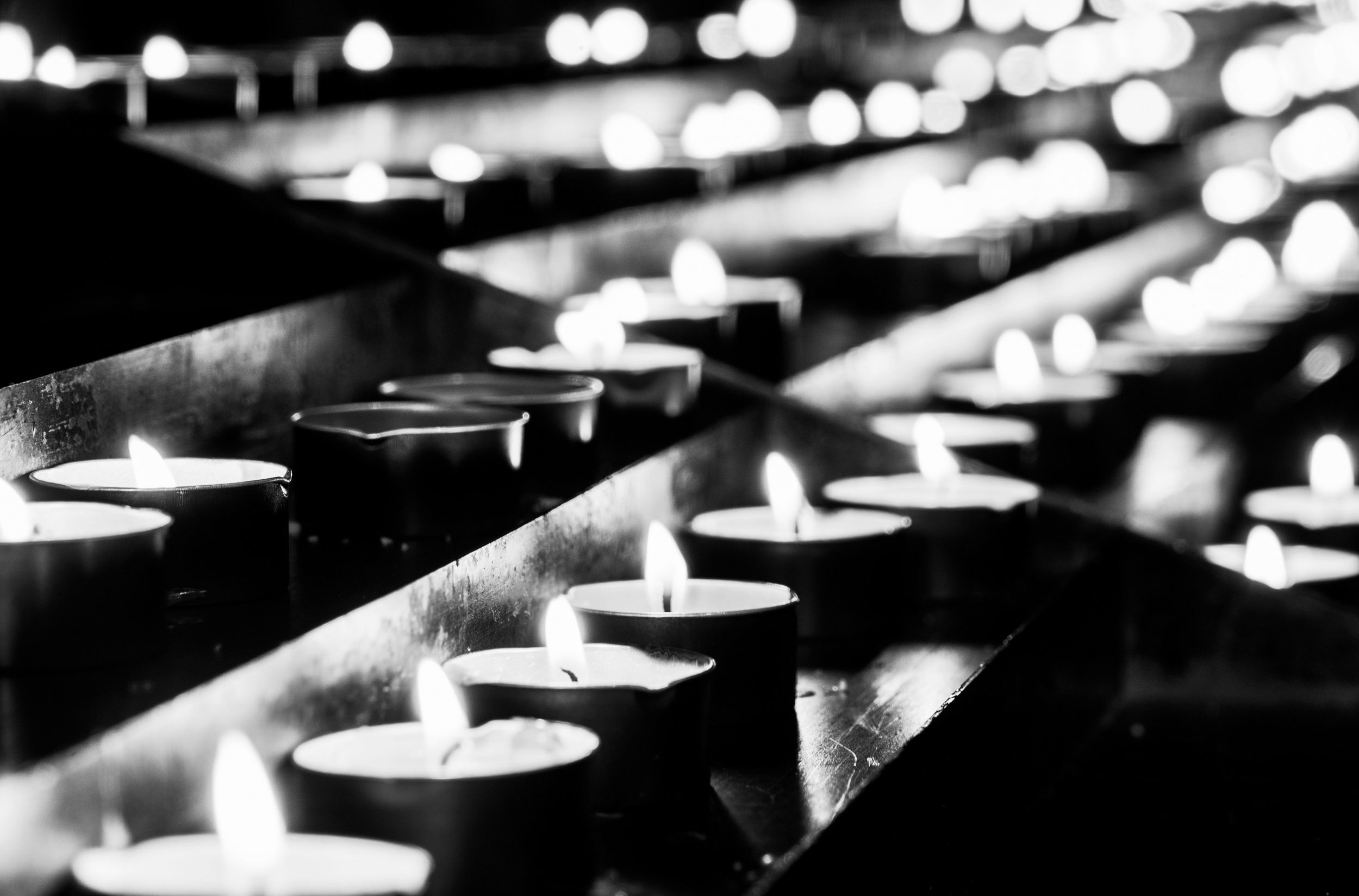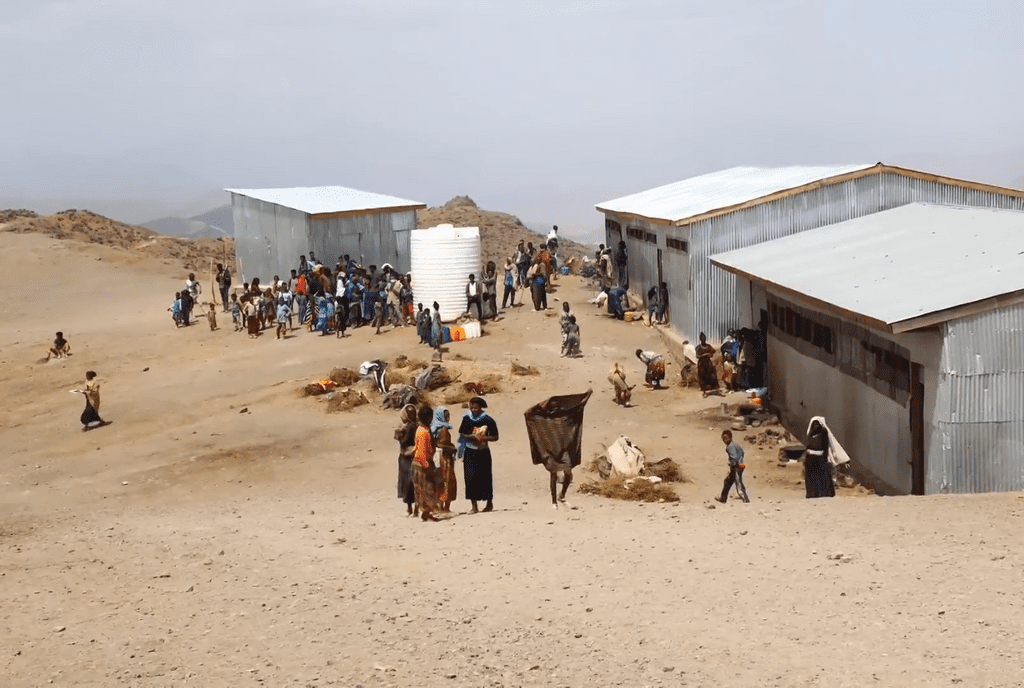The war in Tigray, Ethiopia, is fought using words and silences as well as bullets and bombs. The warring parties have different strategies.
Eritrea’s strategy is silence.
There’s an apocryphal story from World War One about the editor of The Times of London, frustrated with the relentless censorship of news from the frontline, confronting a commanding general and demanding, ‘so what would you like us to print?’ To which the general replied, ‘Nothing. Wait until the war is over and we will tell you who won.’
That is the information strategy of the Eritrean president Isseyas Afewerki, who is, at the moment, the senior partner in the military coalition with Ethiopia fighting in Tigray. He has said absolutely nothing. He has told his people nothing, even when the TPLF fired rockets at Asmara. If a senior army officer dies, the Eritrean people are told that it was from Covid-19. In his two-hour interview with Eritrean
television on February 17, Isseyas talked in great detail about the history of the wider region and the failures of the TPLF, but said nothing on the current war. The closest to any acknowledgement was words to the effect of, ‘we have our responsibilities and we are fulfilling them.’
The truth is that most of Eritrea’s huge army is south of the border within Tigray, in daily combat operations and acting as an occupying force.
For a quarter of a century, Isseyas’s method has been to create brute facts on the ground and not to enter into any discussion. His strategy is to outlast his critics and enemies, and to make himself the indispensable center of an axis of autocracy in the Horn and Red Sea. He is ruthless and unrelenting.
Isseyas wasn’t a co-recipient of the Nobel Peace Prize. The Nobel committee could not share their prize with a dictator for life who has suppressed his people politically and blocked the development of his country.
Isseyas doesn’t mind chaos. He was a protagonist in the Rwandese invasion of Zaire (now Democratic Republic of Congo) in 1996, providing commandos and advisers for the military operation. His senior aide Yemane Gebreab was unperturbed by the predictions of turmoil and bloodshed that would follow. Yemane also described Ethiopia as ‘overdressed Zaire’ that was like a rotten log that would disintegrate if kicked hard enough.
Isseyas knows that when the truth of his involvement in the war comes out, along with information about the atrocities inflicted by his forces, he will stand condemned by world opinion. But, like Shakespeare’s Macbeth, he is stepped so far in the river of blood that, should he wade no more, returning would be as tedious as going over. He doesn’t care: for his own good, all causes must give way.
In the last weeks, Eritrea has redoubled its war effort.
In keeping silent, Isseyas is also providing cover—albeit threadbare—to PM Abiy Ahmed’s denial that Eritrean forces are deep inside Ethiopia. Abiy is thereby dodging the question of whether the Eritrean army is an invited or an uninvited guest.
Astonishingly, this strategy of denial is working. Ethiopian generals and administrators readily admit that Eritrea is the principal belligerent in the war against the Tigray defense forces. Every report from Tigray speaks of Eritrean forces administering the northern part of the region (from the Shire-Adigrat road northwards) and conducting military operations far south of that line. Yet with no official acknowledgement by the government of either country, it appears that the United Nations and UN Security Council member states have no way to deal with this unacknowledged invasion and the terrible crimes committed. It’s a situation without precedent.
The U.S. government has publicly called on Eritrea to withdraw and European governments have said similar things in private. But, to reiterate: Isseyas simply doesn’t care. He intends to create realities on the ground and make everyone accept them.
The denial means that international strategic analysis of the Ethiopian crisis in Tigray is inverted. The general thrust of this narrative is that Ethiopia faces a number of challenges, including: a humanitarian crisis in Tigray; a security problem in Tigray; national political reform and elections; disputes with Egypt and Sudan; an economic crisis needing a bailout. So far, so good. Where the analysis goes wrong is the inference that these problems can be handled one-by-one and that it will be helpful if the Eritrean problem quietly goes away (as did the Emirati problem).
The brute reality is that Eritrea’s war isn’t a sidebar to Ethiopia’s crisis in Tigray: it is the center of gravity. If Eritrea withdraws its troops, the federal forces will lose control of much of Tigray and PM Abiy will need to recognize that he is fighting a civil war and pursue the standard measures in these circumstances: a ceasefire and mediation leading to a political settlement.
The longer this reality isn’t faced, the more likely it is that Ethiopia will face famine, a wider and more intractable armed conflict, deeper economic crisis, relapse into populist autocracy, and far-reaching investigations of war crimes. Isseyas’s silent war is bringing this closer. He is comfortable with that.


